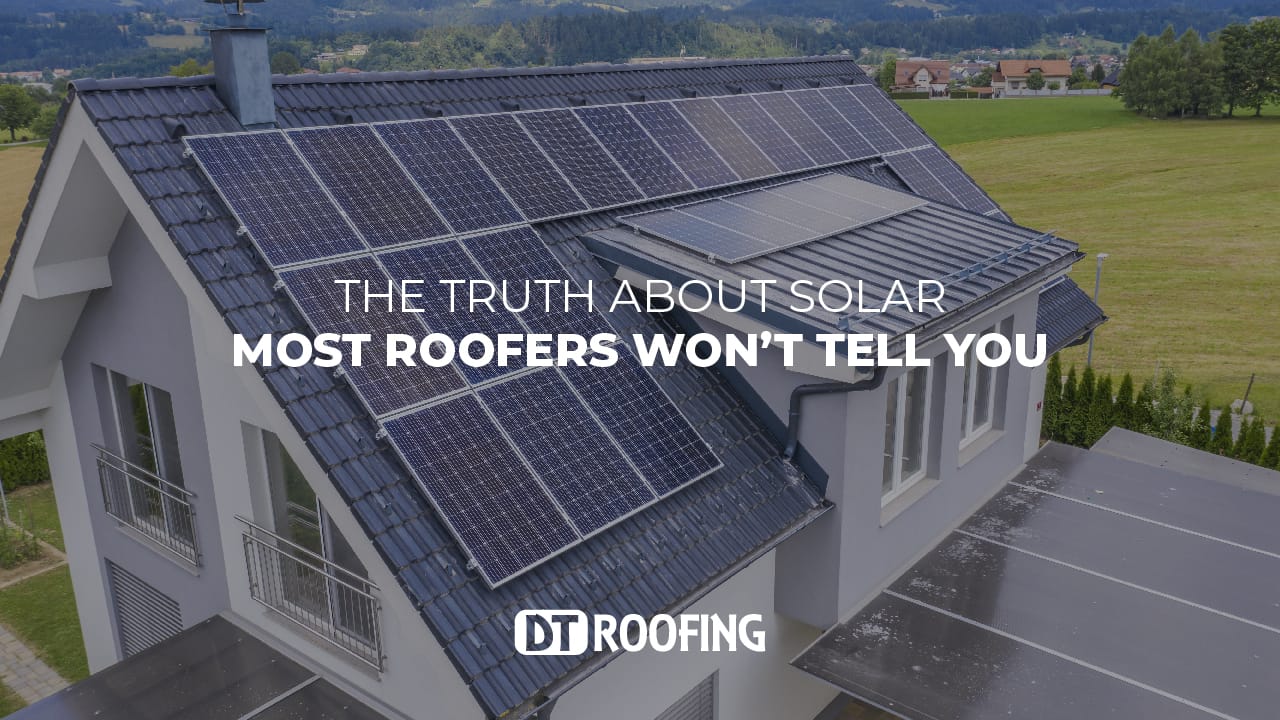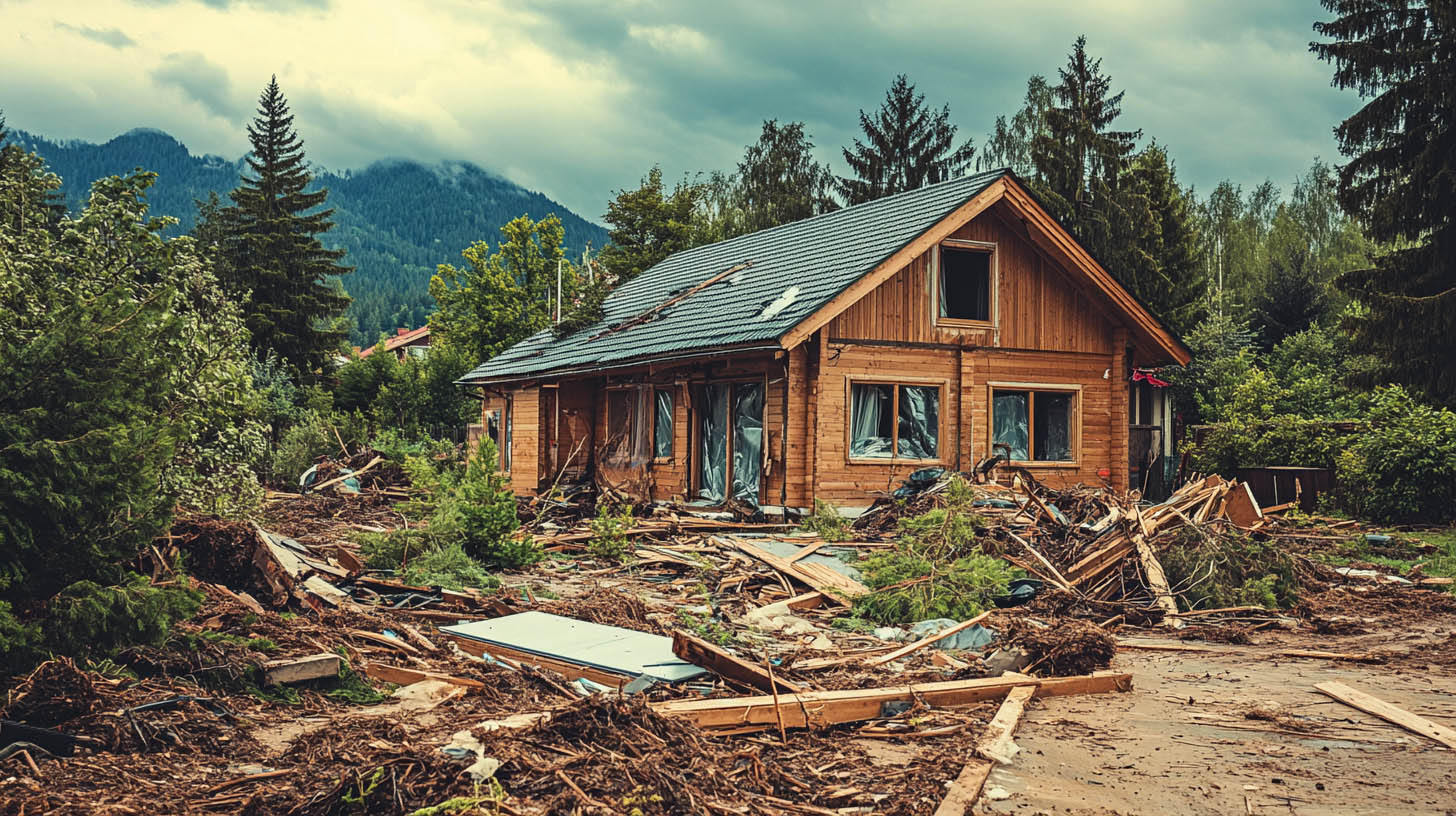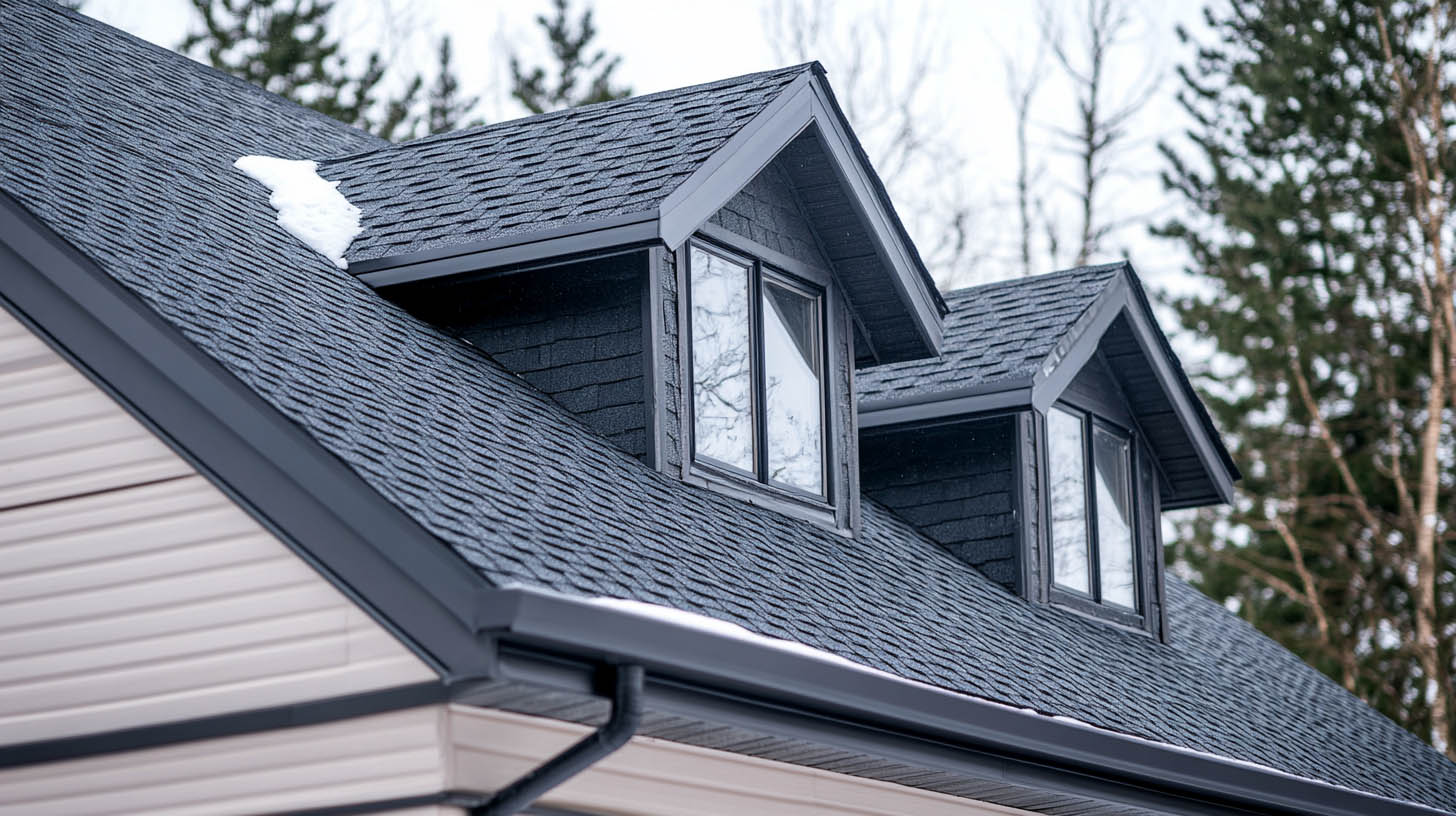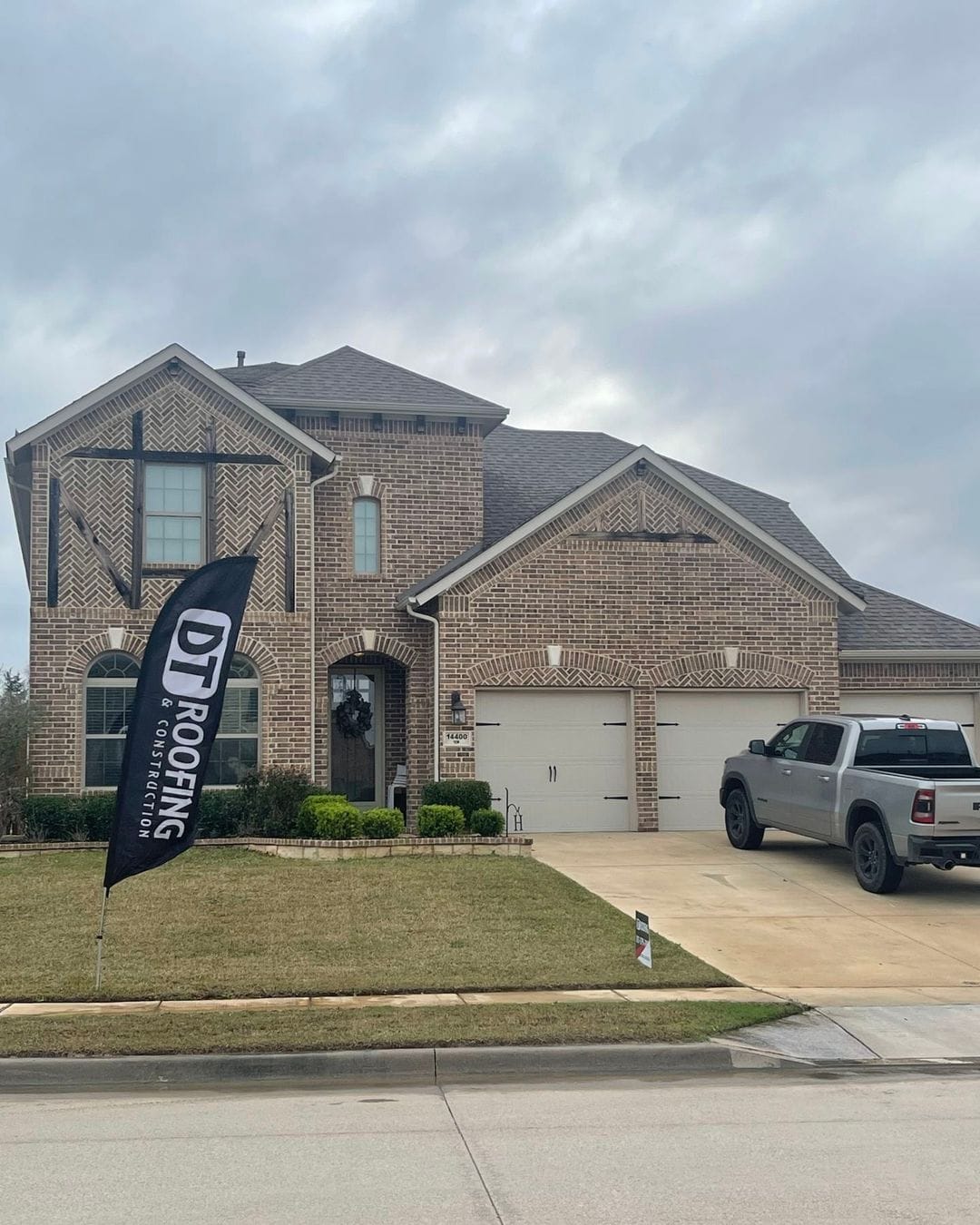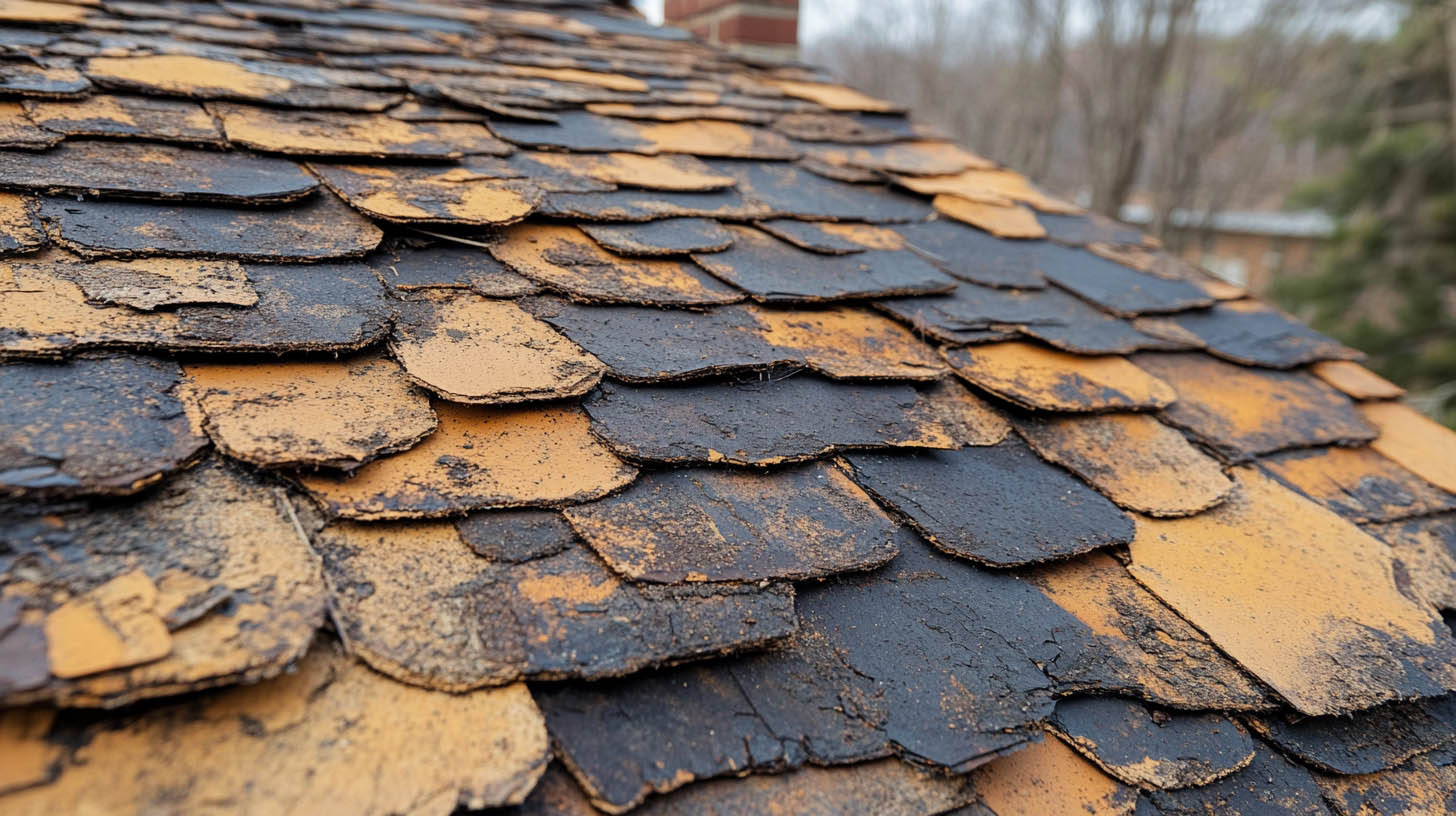
How Sun Exposure Can Damage Your Roof
Living in Texas means plenty of sunshine, but all that radiant energy doesn’t just impact your utility bills—it takes a toll on your roof as well. Over time, the unrelenting heat and ultraviolet (UV) rays can quietly cause significant wear and tear on your roofing system, affecting both its appearance and performance. At DT Roofing, we help homeowners in Weatherford, TX understand the long-term effects of sun exposure and how to protect their investment.
Whether you have asphalt shingles, metal roofing, or tile, every material is susceptible to sun-related deterioration in different ways.
Understanding UV Radiation and Thermal Cycling
The most damaging element of sunlight is ultraviolet (UV) radiation. Just like it can burn your skin, it breaks down the chemical bonds in roofing materials. Over time, this leads to fading, brittleness, and cracking.
What is Thermal Cycling?
In areas like Weatherford, TX, your roof goes through thermal cycling—heating up during the day and cooling down at night. This causes roofing materials to expand and contract repeatedly. Over years, this movement can weaken fasteners, cause flashing to separate, and create gaps that allow water infiltration.
Common Types of Sun Damage
1. Fading and Discoloration
Sunlight will bleach most materials over time. While this may not affect the structural integrity of the roof, it can reduce your home’s curb appeal. Fading shingles or metal roofing may make your roof appear patchy or aged prematurely.
2. Cracking and Curling
Heat causes shingles—especially asphalt—to lose their protective oils, becoming brittle. This leads to cracking, curling at the edges, and granule loss, which leaves the shingle vulnerable to water intrusion.
3. Dry Rot and Underlayment Deterioration
Prolonged UV exposure doesn’t just affect the outer layer of your roof. Once shingles begin to deteriorate, the underlayment beneath them can degrade as well, leading to soft spots, leaks, and rotting roof decking.
4. Damaged Sealants and Flashing
The constant expansion and contraction can degrade caulking, flashing, and sealants around roof penetrations like vents, skylights, and chimneys. This opens your home up to leaks and moisture damage.
Why It’s Worse in Texas
Texas roofs, particularly in cities like Weatherford, face more intense and prolonged sun exposure than many other parts of the country. Roof temperatures can climb to 150°F or more on a sunny day. That kind of consistent heat accelerates wear and decreases the lifespan of most roofing systems if not properly maintained.
How to Protect Your Roof from Sun Damage
1. Schedule Regular Inspections
Early detection is the key to preventing major issues. We recommend having your roof inspected at least once per year and after extreme heat waves. Professionals can identify signs of UV damage before they become expensive repairs.
2. Choose UV-Resistant Materials
Invest in high-performance roofing systems specifically designed to withstand harsh sunlight. Owens Corning, for example, offers shingles engineered with UV-blocking granules and heat-resistant technology. Reflective roofing materials can also reduce thermal load and help prevent rapid deterioration.
3. Apply Reflective Roof Coatings
If you have a flat or low-slope roof, reflective coatings are a great way to minimize heat absorption. These coatings deflect UV rays and significantly lower the surface temperature of your roof, increasing its lifespan and reducing energy costs.
4. Maintain Adequate Attic Ventilation
Proper ventilation reduces the heat buildup in your attic, easing the strain on your roofing materials. This simple improvement can go a long way in preserving your roof’s structure and performance.
Signs You Need a Roof Evaluation
Here are red flags that your roof may already be suffering from sun-related damage:
- Shingles that are cracked, brittle, or curling
- Uneven coloration or bald patches on asphalt shingles
- Higher indoor temperatures despite your A/C working
- Leaks or musty smells in the attic
- Increased energy bills during summer months
If you’ve noticed any of these issues, it’s time to schedule a professional inspection.
Trust Your Roof to Local Experts
At DT Roofing, we know what Texas sun can do to a roof—and we know how to fight back. Our team uses cutting-edge diagnostic tools to evaluate your roof’s condition and offer realistic solutions. Whether it’s replacing UV-damaged materials or upgrading to more reflective options, we work with your budget and long-term goals in mind.
We’re proud to serve homeowners in Weatherford, TX with honest evaluations, professional craftsmanship, and top-tier materials built for Texas conditions.
Prevention is Better than Repair
By being proactive and addressing sun exposure early, you can save thousands in future repair or replacement costs. Don’t wait until your roof is failing to take action. With regular inspections, UV-resistant materials, and expert advice, you can keep your roof—and your home—cool, dry, and protected for years to come.
Read also our blog: Roof Overlay vs. New Roof: Weighing the Pros and Cons

